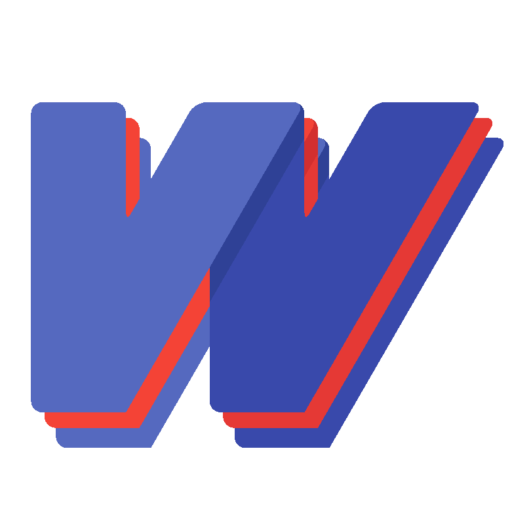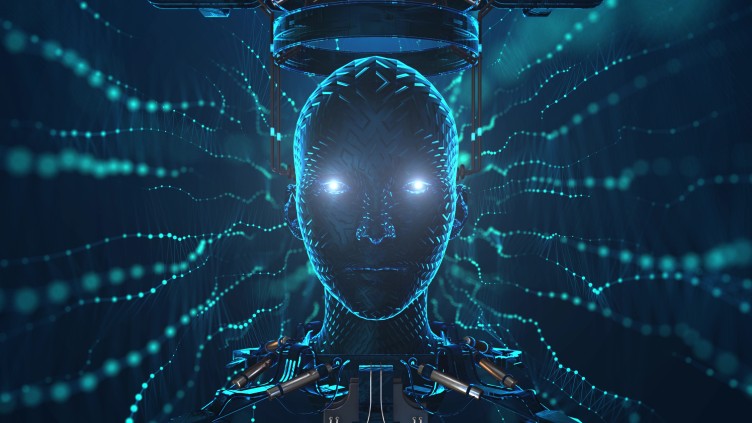The rise of artificial intelligence (AI) has not only transformed our personal lives but also affected various industries and sectors, including the creative field. AI technology has brought significant changes and opened up new possibilities for content creators, designers, and artists alike.
One of the most remarkable impacts of AI in the creative industry is the automation and optimization of tasks that were previously time-consuming and labor-intensive. In advertising, for instance, AI algorithms can generate multiple ad concepts, test them, and optimize targeting to maximize the effectiveness of ad campaigns. This means that marketers and advertisers can save time and resources, allowing them to focus on the strategic planning and execution of campaigns.
AI technology has also been applied to music composition and production, enabling musicians to create music in innovative ways. By training machine learning models on large datasets of music, AI can generate new melodies, chord progressions, and even lyrics. With the ability to analyze a musician’s style and preferences, AI can also provide personalized recommendations for future musical projects.
In design, AI can be used to generate layouts, color schemes, and typography, thereby streamlining the creative process and enabling designers to produce more work in less time. In addition, AI can help in creating high-quality designs by detecting and correcting errors, improving consistency, and identifying optimization opportunities.
While the application of AI in the creative industry is exciting and promising, it’s also important to acknowledge and address potential challenges. The fear that AI will replace human creativity is a common concern. However, rather than replacing human input, AI technology can enhance and augment the creative process by automating repetitive and mundane tasks, allowing creatives to focus on more high-level and conceptual work.
As AI technology continues to evolve and mature, the creative industry should embrace and leverage its capabilities to stay relevant and competitive. Whether you’re an artist, designer, or marketer, understanding how AI can enhance and augment your work is essential for staying ahead of the curve. AI technology provides new possibilities for the creative industry, and by embracing it, we can revolutionize the way we work, and ultimately, produce more compelling and innovative creative content.
In addition to the aforementioned benefits, AI can also help creatives make better and more data-driven decisions. By analyzing vast amounts of data and extracting valuable insights, AI algorithms can provide actionable recommendations and help creatives make informed choices. This can be particularly useful for marketers who need to make critical decisions based on customer insights and market trends.
Moreover, the application of AI in the creative industry has led to the emergence of new job roles and opportunities. For example, data scientists, AI engineers, and machine learning specialists are becoming increasingly in demand as companies seek to implement AI-driven solutions. This not only provides new career opportunities for individuals but also contributes to the overall growth and development of the creative industry.
However, it’s important to acknowledge the potential downsides of the AI-driven creative industry. One of the primary concerns is the potential loss of jobs due to the automation of tasks that were previously performed by humans. This is particularly relevant for roles that involve repetitive and manual tasks, such as graphic design and video editing. Nevertheless, it’s essential to understand that while some jobs may be replaced, new roles will be created.

